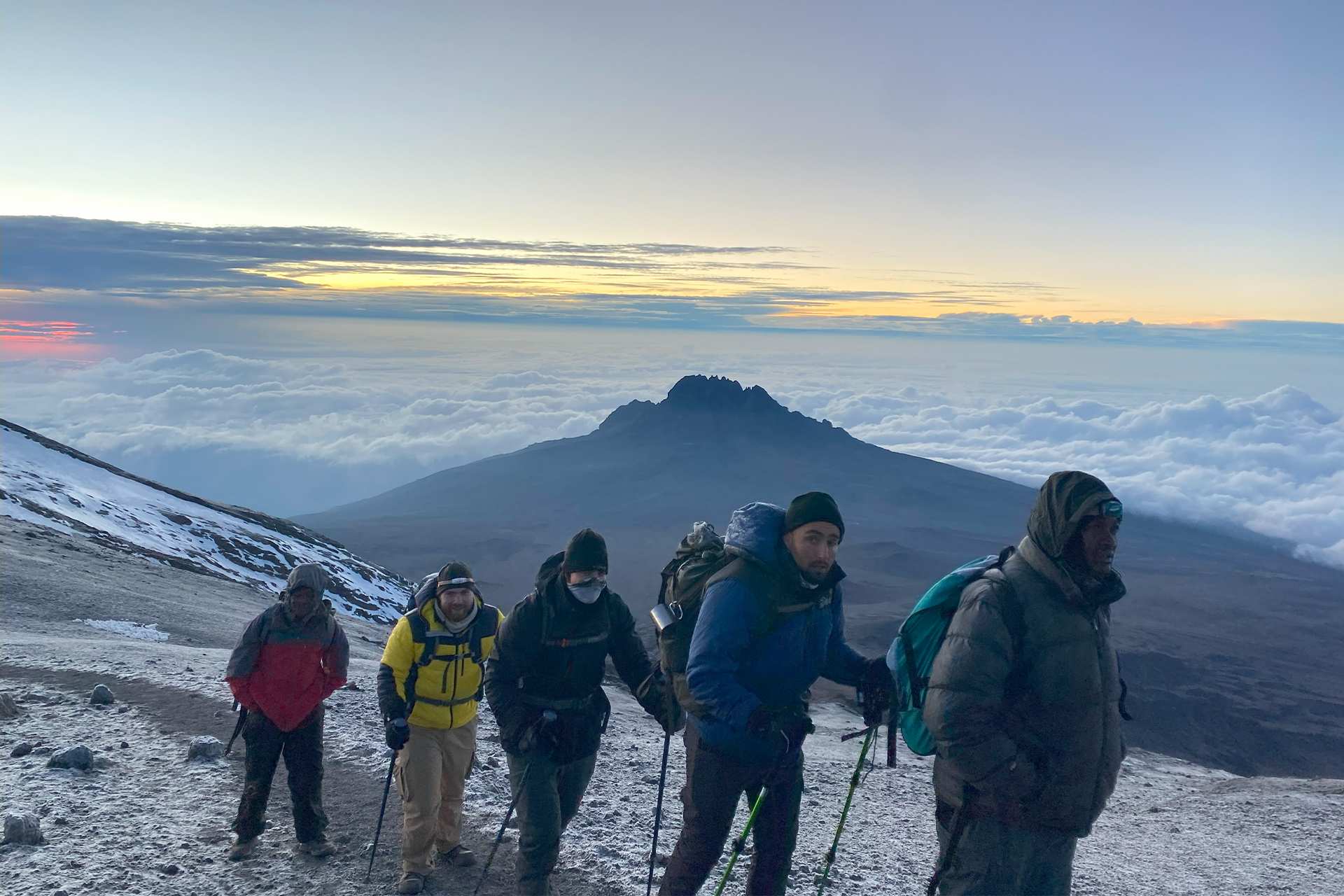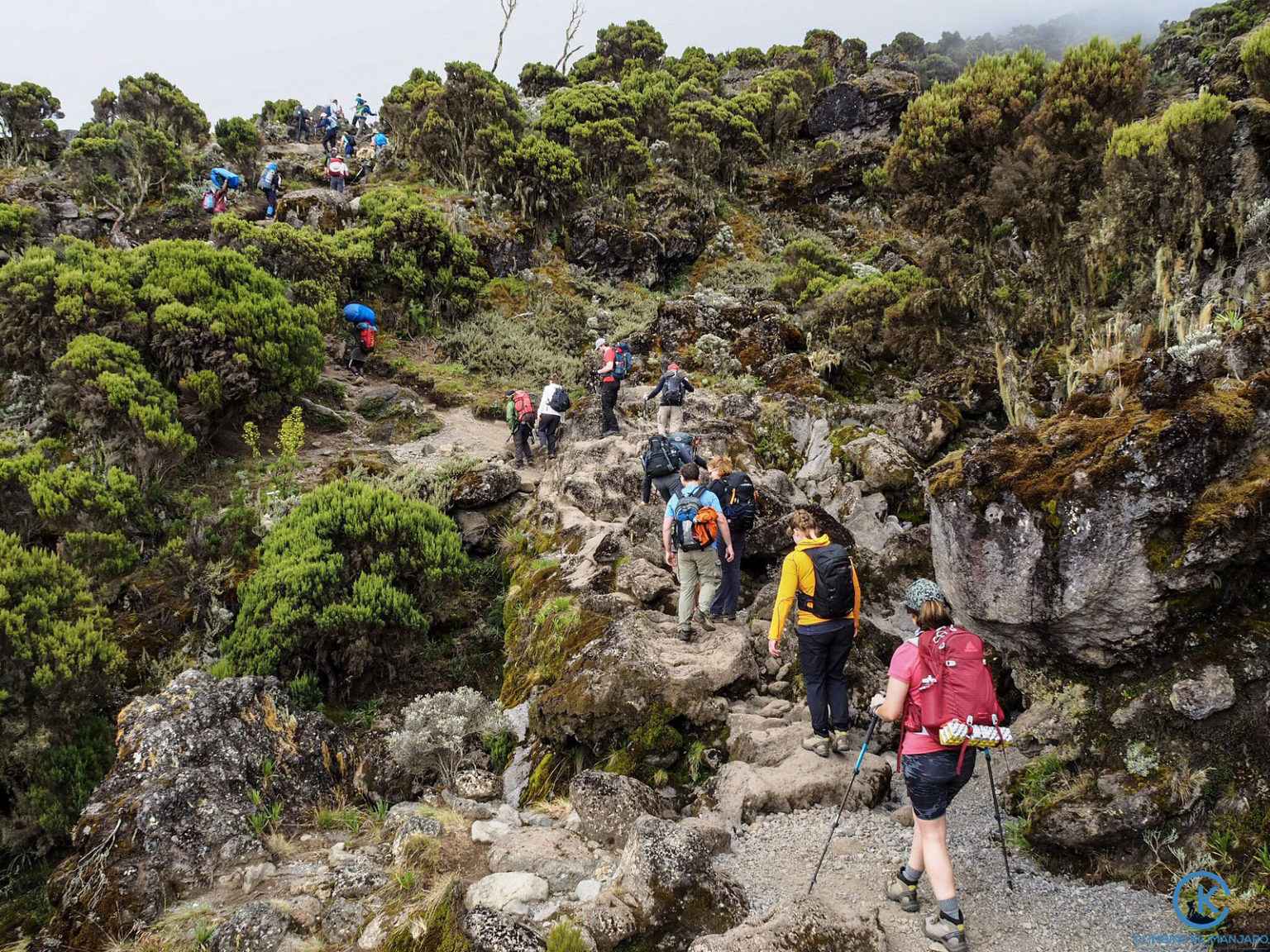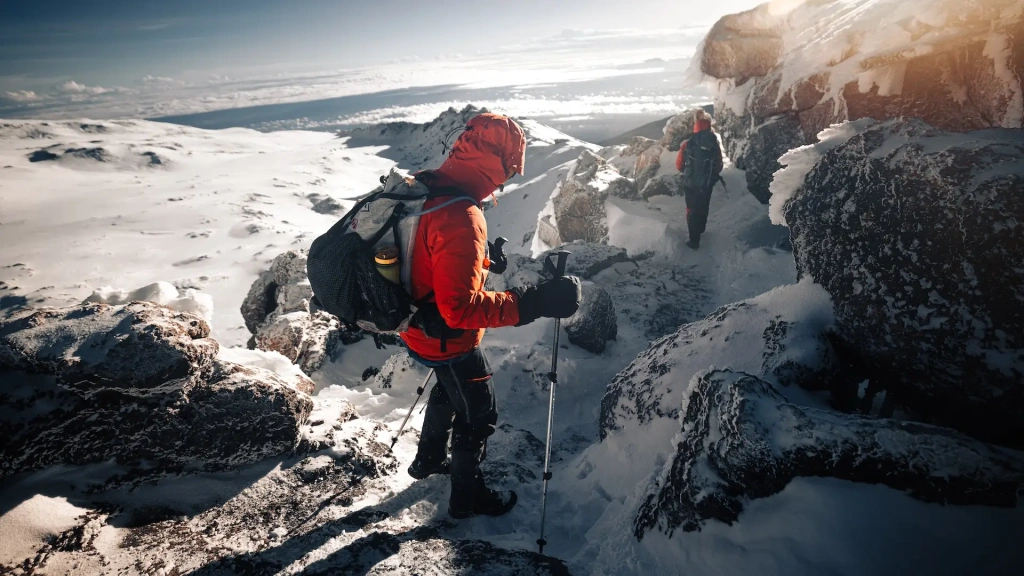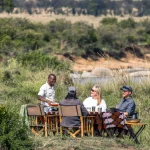How difficult is it to climb Mount Kilimanjaro?
How difficult is it to climb Mount Kilimanjaro? Discover what makes Africa’s highest peak challenging and how Hilltop Travel helps you prepare for a safe, successful summit.
Climbing Mount Kilimanjaro, Africa’s highest peak at 5,895 meters (19,341 feet), is an adventure that inspires travelers from around the world. However, one of the most common questions many ask before booking their trek is — how difficult is it to climb Mount Kilimanjaro? The answer depends on several key factors such as fitness level, acclimatization, preparation, and mental determination.
Understanding Kilimanjaro’s Challenge
Unlike technical mountain climbs, Mount Kilimanjaro does not require specialized mountaineering skills or equipment. It’s a walkable mountain — a long, steady trek that requires stamina rather than technical expertise. What makes the climb difficult is altitude and the physical demand of hiking for several hours each day, often on steep and rocky terrain.
The journey to the summit takes you through five distinct climatic zones — from lush rainforest to alpine desert and finally the icy arctic zone at the top. The changing weather and decreasing oxygen levels test your endurance, making proper acclimatization the most critical factor in determining your success.
Altitude – The Real Challenge
Altitude sickness, or Acute Mountain Sickness (AMS), is the biggest obstacle for most climbers. As you ascend, oxygen levels decrease, and your body needs time to adjust. To reduce the risk, choose longer routes such as the Lemosho or Machame Route (7 to 8 days), which allow better acclimatization and significantly increase your chances of reaching Uhuru Peak safely.
Fitness and Preparation
You don’t have to be a professional athlete to climb Kilimanjaro, but good physical fitness is essential. Training with regular hikes, cardiovascular exercises, and leg strengthening several months before your climb will make a big difference. The key is endurance, not speed — the slower you go, the better your body adapts to altitude.
Mental Strength and Positive Attitude
Mental resilience is just as important as physical readiness. There will be moments of fatigue, cold, and discomfort — especially during the final summit push, which begins around midnight. A positive mindset, encouragement from your guide, and the determination to take “one step at a time” can help you achieve what seems impossible.
Choosing the Right Route and Support Team
The route you choose greatly influences the level of difficulty. Shorter routes like Marangu or Umbwe are more challenging due to limited acclimatization time, while longer routes such as Lemosho, Machame, and Northern Circuit are more scenic and safer for gradual altitude gain.
Traveling with experienced local guides, like those from Hilltop Travel, ensures expert leadership, proper pacing, and professional mountain support — giving you the confidence and safety needed for a successful climb.
Final Thoughts
So, how difficult is it to climb Mount Kilimanjaro? The challenge is real, but with the right preparation, guidance, and mindset, it’s an achievable dream for most adventure lovers. Thousands of trekkers of all ages reach the summit every year — proving that determination and proper support make all the difference.





